August 24th, 2012 The volume below contains a wonderful example of paste paper on its binding. Paste paper is most associated with 16th- and 17th-century books from the Netherlands, Germany, and Belgium. It was usually created in the bookbinding workshop for books that did not warrant the expense of marbled paper, a luxurious commodity.


Left: This 1815 volume from a run of the Spencer Library’s holdings for the periodical Allgemeine Literatur-Zeitung has a binding that uses paste paper (Call Number: D3204, Vol. 107). Right: a detail from the bottom right corner of the volume. Click images to enlarge.
Paste paper was created with starch paste—a staple of any bookbinding operation—and some sort of pigment. Often an implement was dragged through the paper, creating lines that look remarkably three-dimensional. Once in a while you find a mark of the bookbinder left behind: a finger or thumbprint used to make flowers or other patterns. There are many instructions for making paste paper, easily discoverable on the internet.




Paste paper details from the bindings of volumes in the Spencer Library’s collections. Top left: Tractatus optimus de arte bene moriendi (expanded version by Dominicus Capranica, d. 1458), Germany, 1456. (Call # MS D38). Top right: Saint Bonaventure’s Soliloquium , Germany, 1433. (Call# MS D37). Bottom left: Anna Seward’s Poem to the Memory of Lady Miller by Anna Seward, 1782 (Call Number: D2763). Bottom right: A modern example: Brian North Lee’s Bookplates and Labels by Leo Wyatt, 1988 (Call # D3245). Click images to enlarge.
For more information on paste paper, see Rosamond Loring’s book, Decorated Book Papers; being an account of their designs and fashions (Call Number: C6396).
Whitney Baker
Head, Conservation Services
Tags: Book Design, Bookbinding, conservation, Paste Paper, Whitney Baker
Posted in Conservation, Special Collections |
No Comments Yet »
August 16th, 2012 In honor of Hawk Week 2012, the festivities that mark the beginning of the fall semester, we bring you some images of Hawk Week events from the late 1990s. KU alumni may recall Traditions Night, Beach-n-Boulevard, Jayhawk Playfest, and the Rock-a-Hawk Dance.
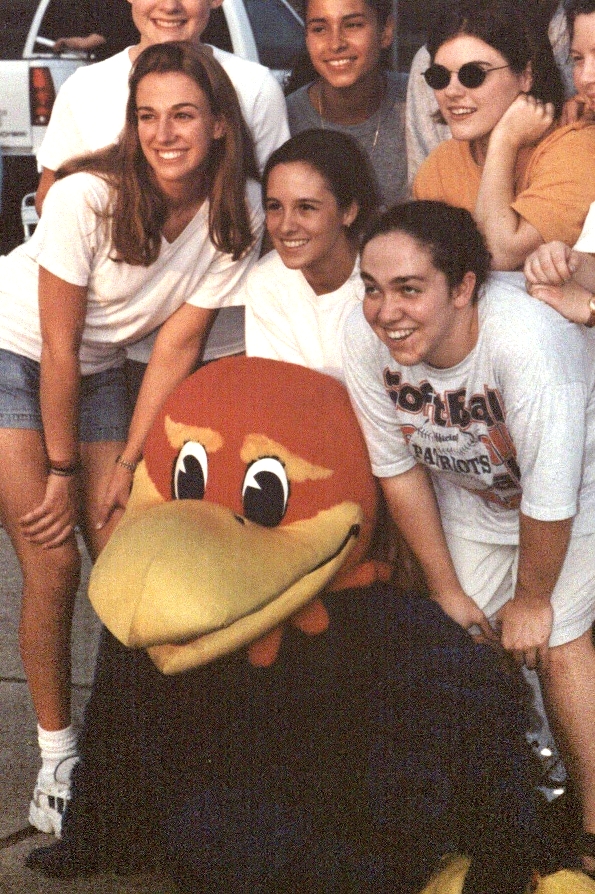
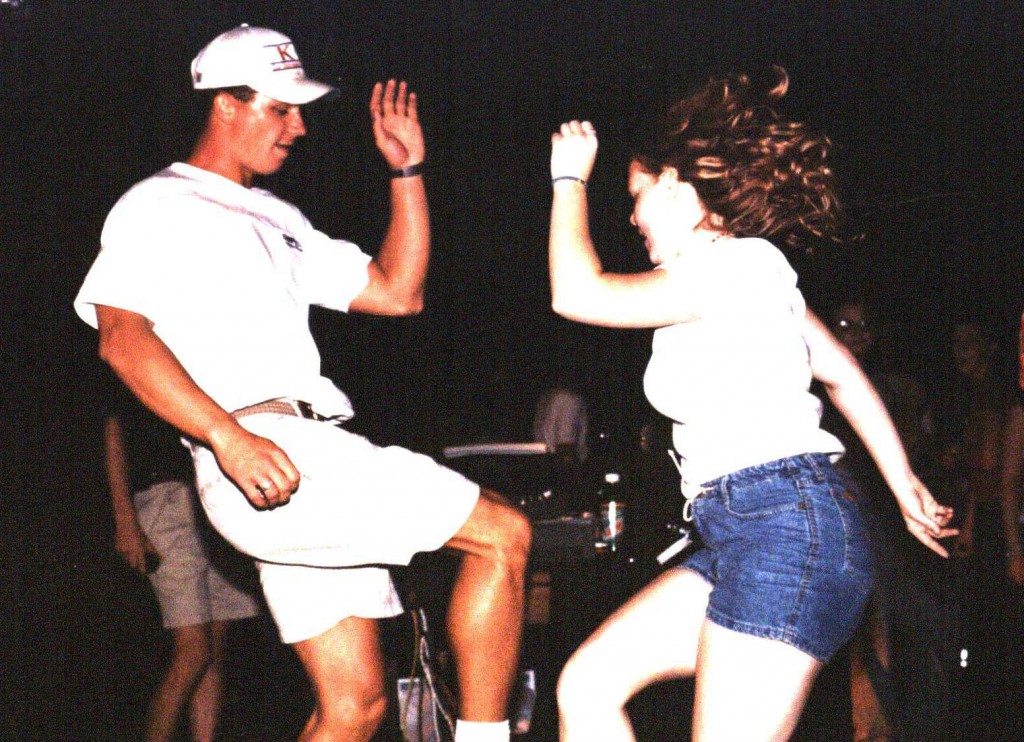
Rock-a-Hawk Dance, 1998. University Archives Photos.
Call Number: RG 71/51. Click images to enlarge.
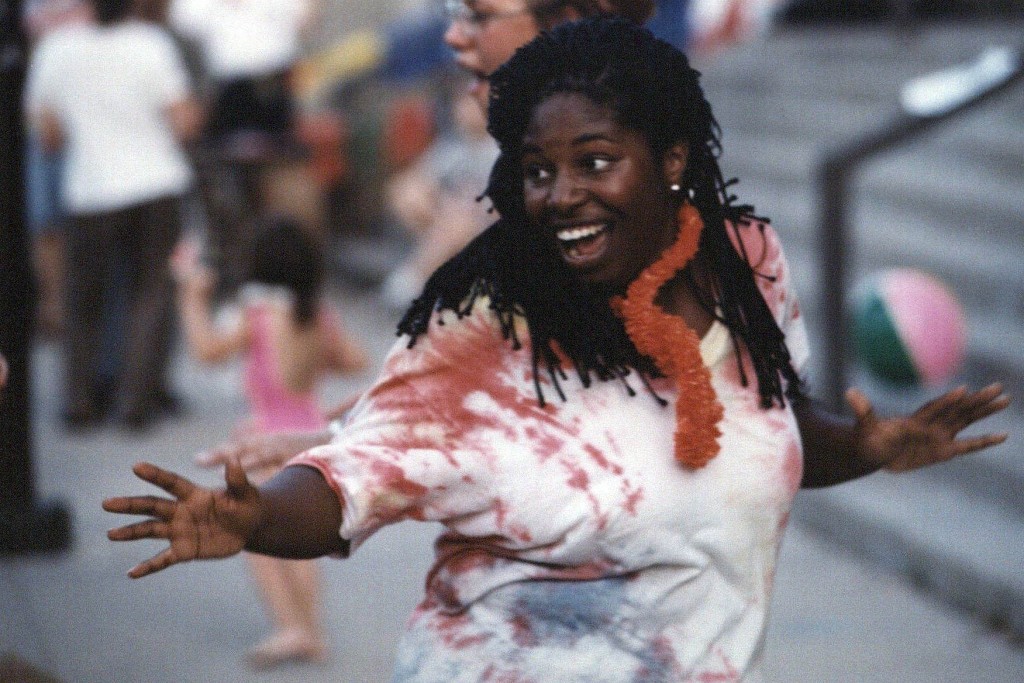

Beach-n-Boulevard, 1998 (top) and 1999 (bottom).
University Archives Photos. Call Number: RG 71/51.
Click images to enlarge.
A poll from August 2011 in the University Daily Kansan listed Traditions Night as the readers’ favorite Hawk Week event. What was yours?

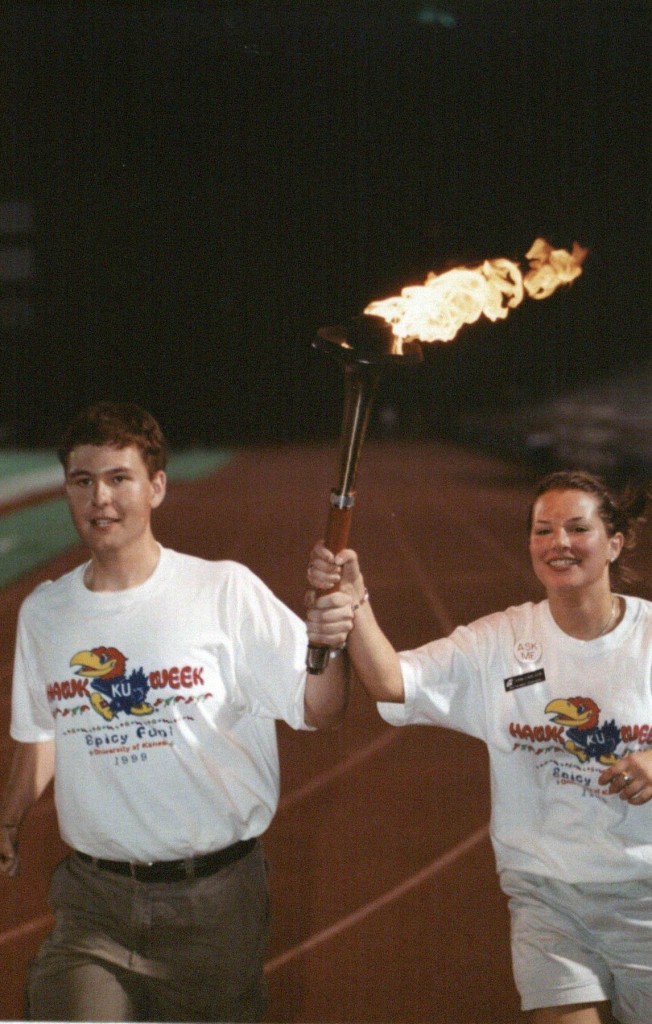
Traditions Night, 1998 (top) and 1999 (bottom).
University Archives Photos. Call Number: RG 71/51.
Click images to enlarge.
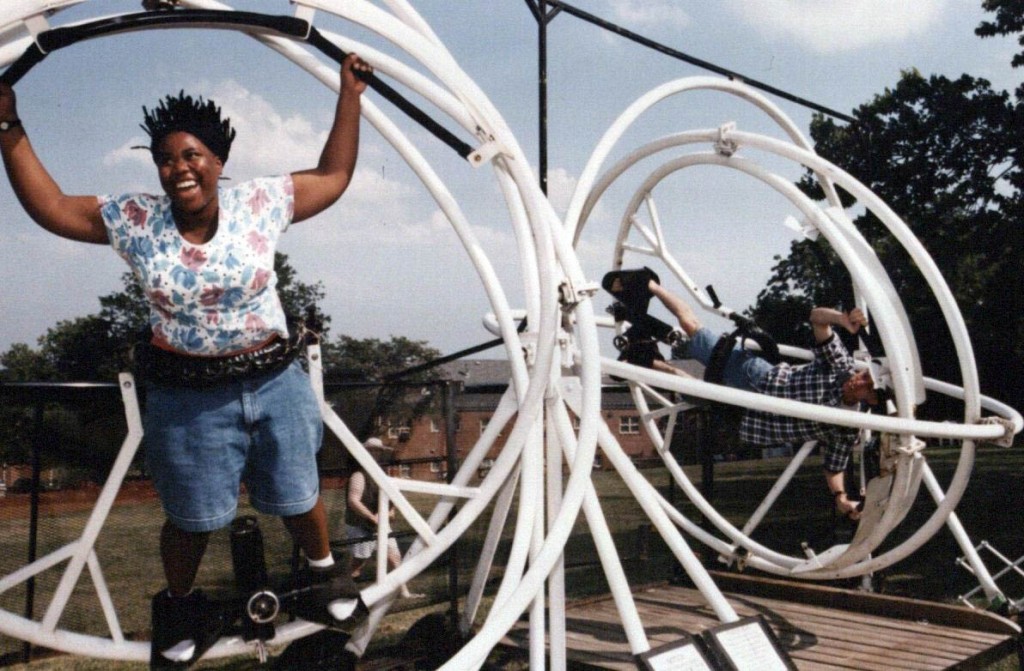

Jayhawk Playfest 1998. University Archives Photos.
Call Number: RG 71/51. Click images to enlarge.
Whitney Baker
Head, Conservation Services
Letha Johnson
Assistant University Archivist
Tags: Beach-n-Boulevard, Hawk Week, Jayhawk Playfest, Letha Johnson, Rock-a-Hawk Dance, Traditions Night, University Archives, University of Kansas, Whitney Baker
Posted in Events, University Archives |
No Comments Yet »
June 13th, 2012 A clamshell or “drop spine” box is a typical housing for bound materials, like books and manuscripts, or loose materials that should be stored together, such as a set of prints. The fanciest clamshells are covered cloth, paper, or leather, and are custom-made to fit the item that will go inside.

Here is an example made to fit MS B61, Registrum Brevium, a 14th century British manuscript written in Latin. This book, because of its age, had been bound in different styles over the centuries. The most recent iteration was a suede binding of the 19th or early 20th century, glued tightly to the backs of the folded pieces of parchment that were sewn together to make up the book. Read the rest of this entry »
Tags: Clamshell boxes, conservation, drop spine boxes, medieval manuscripts, protective enclosures, Registrum Brevium, Whitney Baker
Posted in Conservation, Special Collections |
No Comments Yet »
May 22nd, 2012 In Medieval Europe books were a precious commodity. Books were hand-copied manuscripts, and might be fashioned with metal hardware to chain them to a bookcase or desk to protect them from theft.

Sermones de sanctis by Frater Soccus. [Germany?] ca. 1370. Call Number: MS D84
This book is a bound manuscript likely from Germany, dated circa 1370. The text is Sermones de sanctis (call number: MS D84), writings of Frater Soccus, a monk from the Cistercian order. The pigskin binding, tooled all over the covers, has a chain attached to the back board at the top. Storing this on a modern shelf created problems, as the chain drapes down the back cover and makes it impossible to place another book next to it. Read the rest of this entry »
Tags: chained books, chained library, clamshell box, conservation treatments, Frater Soccus, medieval bindings, medieval manuscripts, protective enclosures, Sermones de sanctis, Whitney Baker
Posted in Conservation, Special Collections |
No Comments Yet »
















